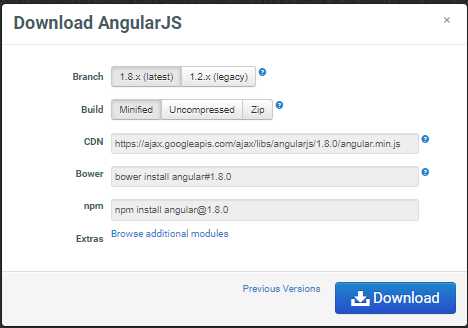

It’s important to add user authentication when you start a new application, as it can be really hard to add later. The generated project will use Bower to manage the front-end dependencies, and Grunt for rebuilding your code as you edit it.Īssuming you already have Node.js on your system, you can install these tools with these commands in your terminal: We’re going to use a specific Yeoman generator to generate the boilerplate for our full stack project. If this is your first time using Yeoman, Bower, and Grunt, you’re in for a treat! They make it very easy to “scaffold” or “generate” the boilerplate code for a full stack AngularJS + Node.js project. Let’s get started! Generate a New AngularJS + Node.js Project With Yeoman, Bower, and Grunt Here is a preview of what it will look like: Registration Form

Those resources will help you move beyond this tutorial and explore more user authentication components. Throughout this tutorial, we reference the Stormpath AngularJS SDK API Documentation and the complete Stormpath AngularJS + Yeoman Guide. Use Stormpath, a user management API, to store user accounts and provide authentication for our Angular application.Set up common user routes and views for registration, login, and user profile data.Create a simple API backend using Node.js for a “Fullstack” project (meaning it has both a front-end and back-end, paired together).Scaffold a basic AngularJS app With Yeoman, Bower, and Grunt.And once you have an app up, you want your users to be able to log in. AngularJS is a framework for building front-end (browser) applications, also known as “Single Page Apps” (SPAs), and we think it’s superb!ĪngularJS makes it very easy to build a complex, responsive application, particularly to put a SPA on top of your API service.


 0 kommentar(er)
0 kommentar(er)
